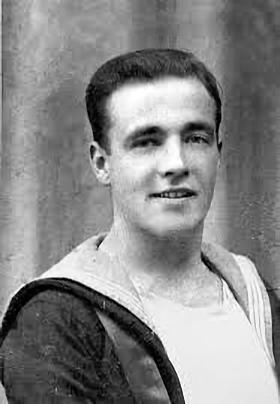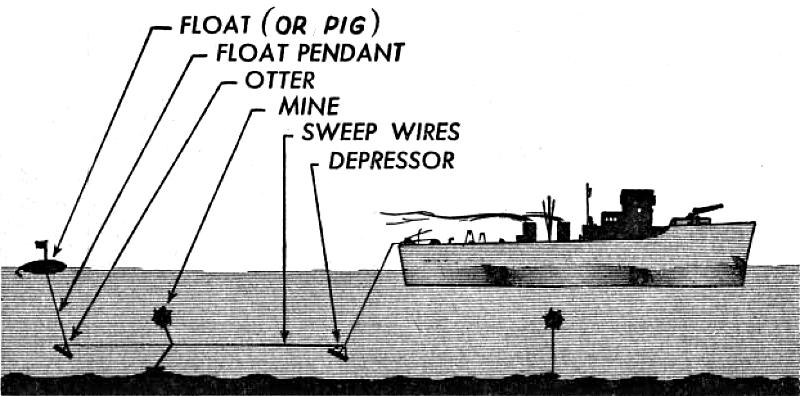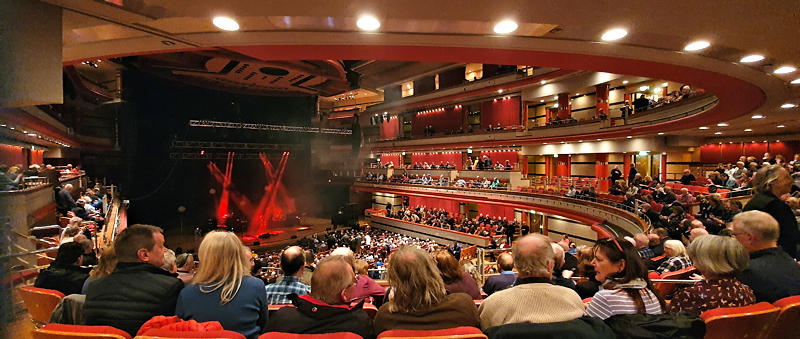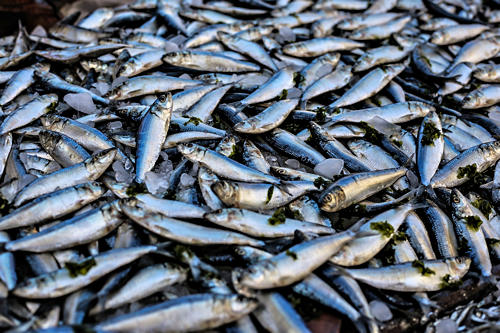|
Index...
|

 y mum and dad were both 15 when the Second World War broke out. My mum lived in Coventry and spent all her time living and working here throughout the blitz. My Dad lived in Leamington, part of a large working-class family. He had various jobs but it was being a lumberjack that made him strong. He and his team would cut down trees and hedgerows to make way for new shadow factories, like the Banner Lane works for Standard Motors to make Mosquito aircraft, or clearing fields to make new airstrips for airfields. So, when my dad was old enough to join up it was his strong arms that got him a job as a stoker in the Navy. My mum and dad had only been out with each other a few times before he went to sea, and my mum did not see or hear from him for three years.
y mum and dad were both 15 when the Second World War broke out. My mum lived in Coventry and spent all her time living and working here throughout the blitz. My Dad lived in Leamington, part of a large working-class family. He had various jobs but it was being a lumberjack that made him strong. He and his team would cut down trees and hedgerows to make way for new shadow factories, like the Banner Lane works for Standard Motors to make Mosquito aircraft, or clearing fields to make new airstrips for airfields. So, when my dad was old enough to join up it was his strong arms that got him a job as a stoker in the Navy. My mum and dad had only been out with each other a few times before he went to sea, and my mum did not see or hear from him for three years.
My Dad was put in the Minesweeping section of the Navy, and his small group of sailors were sent to New York harbour ship yards to pick up a small fleet of minesweepers. Most of the crew were older men, mostly ex-trawler fishermen. The younger ones were like my dad - only picked to shovel coal into the boilers to power the engines. This was the first time my dad had seen the sea. When they first arrived in New York you can imagine my dad and his mates being like sailors on shore leave! He said they walked around just looking up at the buildings, until after only an hour in the city they heard gun-fire. It was a policeman shooting at a man running down the street - they could not believe it. The street was full of people but no regard was given about the fact that someone could have been hit.
After walking for a while they got onto a bus, and like young kids they sat on the back seats. But the bus did not move - nothing happened until the driver shouted many swear words and asked what they were doing in the back seats? My dad and mates said that was OK, they did not mind. The driver went mad and said he would call the police if they did not get off the bus. What they did not know was that areas like the back of the bus was for black people only, as there was segregation on public transport and some public buildings. Later on my dad and Navy friends were stopped by the police and were asked why they were in a black area? They had just wandered, not knowing where they were going. The police took them in police cars back to their barracks, and told them if they were found in black areas again they would be arrested, and not to go out on their own as many people were beaten up making their way back home.
Winter came before all the mine sweeper boats were built and the harbour got frozen in, so they were sent to Canada for Christmas and my Dad loved his time there. In the spring they picked up their fleet of minesweepers, and they had to make their own way unescorted to the Red Sea. This took them on a route down America, past Jamaica and Brazil, then they had to pass over the Atlantic ocean to Africa. My dad said that one day after they had been travelling in very hot weather they stopped right in the centre of the Atlantic. Dad and all his mates, who had been working below deck, ran up onto the top deck and jumped into the sea. It was clear as glass and you could see below for what look like miles. What looked like about a mile deep was a large group of sharks, it did not take long for my dad to get out of the sea!
Mines are designed so that you don't see them, and if boats or ships bump into them they explode, which is their main aim. Mines are placed into the sea with a chain attached to a heavy weight so it does not float to the surface, and is just the right height to catch passing large ships, but not too close to the surface or else smaller boats could set them off. They would go off when feelers that looked like spikes all over them were pushed down as ships bumped into them. This was a detonator and would explode the mine.

Not all mines were like this, some were set to go off if they detected a large metal object nearby, like a large battleship or tanker. Inside the mine was a magnet that detected the large pull to the metal, and the mine would go off, sinking the nearby ship. Plus there were also other mines that were set to go off when it heard the engines of a battleship or other large ship. When the sound got so loud the mine would explode, damaging the ship nearby. So, to sweep for mines the minesweepers had to use an array of different methods of catching the different types of mines.
Each trawler / minesweeper would tow two steel lines with special foils that would dive and sweep outwards, so the line could catch the chain-lines that were holding the mines in position. A strong current was passed down the steel line, which would attract the magnetic mine and cause them to explode. Fitted to the front of the ship, and below the waterline, was a device a bit like a large steel drum, and a riveting machine which pounded the drum so it sounded like a very large ship's engine. The most dangerous position was the lead centre ship as it had no defence against bumping into a normal spiky mine. Other minesweepers would follow on behind, just to the left or right of the lead ship.
Dad said that one day his ship was going to be the lead ship. They set off and the skipper switched on the electric pulse to the steel line, but had forgotten to put the acoustic drum noise machine at the front of the boat. They had advanced about half a mile into open water when the skipper turned on the acoustic drum machine - a big explosion went off and a large volcano of water rose in front of the ship, lifting the front of the boat upwards. The first my dad knew about it was when he was in the boiler room, the floor coming up to hit him in the face and everything in the boat falling to the back of the ship. The front of the ship was pointing up toward the sky, then it fell back with rain and dead fish splashing all over it. A few seconds later the full force of the explosion would have destroyed the small wooden ship.

 y wife's niece has a boyfriend called Adam who studied acoustics at Salford University. When my dad met him he told him the tale about acoustics almost killing him. Adam took this tale back to the University and told the lecturers, who had not heard about this being used in the war-time. Adam now works for an acoustic company based in Coventry. His one-time boss, Nicholas Edwards, had been a Coventry Cathedral choir boy, and he took what was good or not so good about the acoustics of Coventry's New Cathedral and used this knowledge to design concert halls. His most famous is Birmingham Symphony Hall, and he has done other halls around the world.
y wife's niece has a boyfriend called Adam who studied acoustics at Salford University. When my dad met him he told him the tale about acoustics almost killing him. Adam took this tale back to the University and told the lecturers, who had not heard about this being used in the war-time. Adam now works for an acoustic company based in Coventry. His one-time boss, Nicholas Edwards, had been a Coventry Cathedral choir boy, and he took what was good or not so good about the acoustics of Coventry's New Cathedral and used this knowledge to design concert halls. His most famous is Birmingham Symphony Hall, and he has done other halls around the world.

My dad said they ate fish morning noon and night and never got fed up with it. There was nothing they would not eat - large, small, ugly or strange. He said the only let down was shark and the handiest was flying fish which would skim over the sea at night and land on the deck for you to pick them up and have for breakfast. Every fish was cooked the same way - gutted, head and tails taken off, lightly floured with a bit of salt and pepper, and dry fried in a large frying pan, skin down. My dad used to go mad about cooking programmes, cooking fish with onions, garlic, tomatoes, leaks, anything - he would say "fish should taste of fish". He must have eaten hundreds of different fish but he said cod was his favourite - not the small cod you get in Britain but the very large cod you got off Newfoundland - flakes of cod as large as your hand.
After crossing the Atlantic the minesweepers passed around South Africa and made their way up to the Red Sea and the Suez canal. They had to keep this stretch of important waterways open, but the Germans were coming in overnight and laying extra mines from low flying aircraft, so the area had to be swept every day. As the war progressed and the Germans were slowly being pushed back, they moved to work in Egypt and then the Mediterranean. At no time did they ever see the enemy, and they were never attacked, but the enemy's threat was always there with the high explosive mines.
The only time they did get attacked was when they had to clear mines from around various Greek islands. The skipper of the group of minesweepers had to stop the larger battleships and fleet that were making their way to Greece. This is the only time an Admiral of the Fleet can be overruled, if the skipper is not happy with all of the waters been clear of mines. On board one of the battleships was the King of Greece. My dad and his boats were under attack from mortar fire from the hills of some of the islands. This was from Greek freedom fighters who had been fighting the Germans and helping Britain, but they did not want the King back as he was a right-wing dictator.
Later they had a similar incident when they were at Gibraltar - they visited the monkeys of Gibraltar and took current buns. The monkeys took out the currents and ate them, but threw all the buns back, and my dad and his mates thought "another ungrateful lot"!
Eventually, after the war, dad's ship ended up going into the German docks - some of the first ships allowed to enter in order to clear the way of any explosives and mines. My Dad said he had never seen so much destruction in the harbours. The Germans had used an old First World War battleship to guard one of the large lock-gates, and Dad said he had never seen so much damage to one ship - it was like a colander pitted with holes! It must have suffered night and day bombing for months - how could anyone stand on it? My dad and his mates were some of the first to be allowed to go out in the evening. They were told to take their guns, but they did not need them as the German people were fed up of war and they were glad it was over. With a catering-sized tin of coffee they soon found a bar and they put the coffee on the table. They had never had so much beer in exchange before, everyone wanted to party, so the next time they went out they left the guns on board the ship and took more food and drink to barter with.
This is your first visit to my website today, thank you!
3,157,050Website by Rob Orland © 2002 to 2024